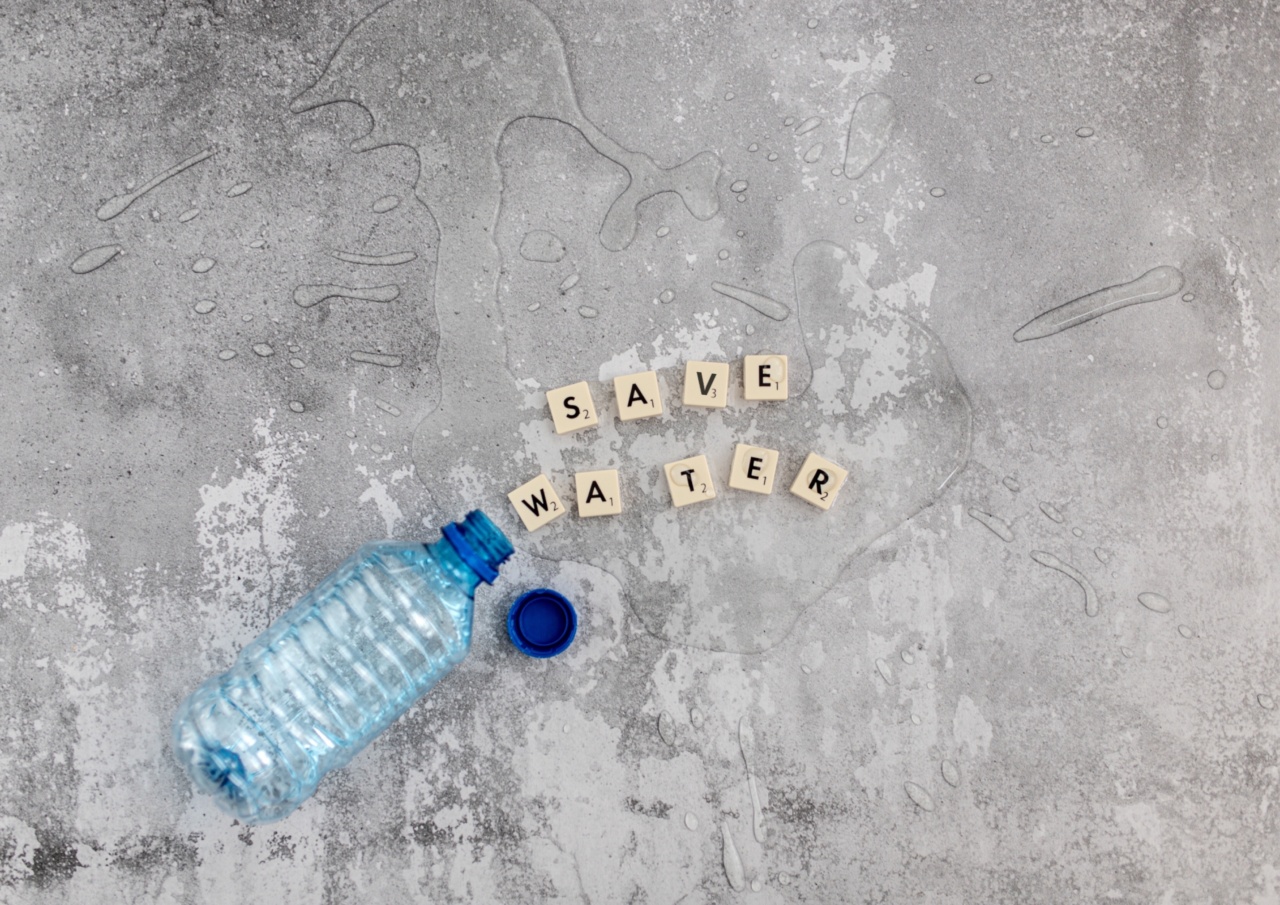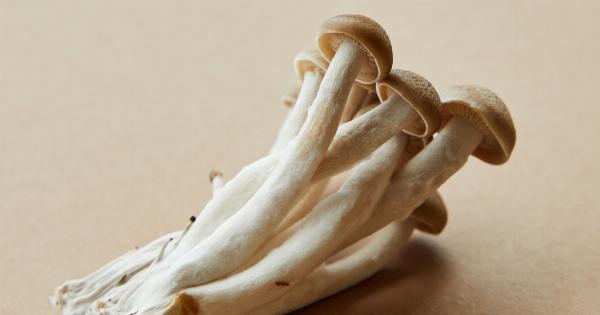Our nails not only provide protection to our fingertips but also add beauty to our hands. However, various nail problems can arise, causing discomfort and affecting our overall appearance.
Ignoring these problems can result in further complications and may even indicate underlying health issues. Therefore, it is crucial to address common nail problems promptly to maintain the health and appearance of our nails. In this article, we will discuss ten common nail problems that require attention and the appropriate course of action to treat them.
1. Brittle Nails
Brittle nails are characterized by nails that easily chip, crack, or split. This condition can be caused by excessive exposure to water, harsh chemicals, or repetitive trauma to the nails.
Brittle nails can also be the result of certain nutritional deficiencies, hormonal imbalances, or health conditions such as an underactive thyroid.
To address brittle nails, it is essential to protect your hands from excessive water exposure and harsh chemicals. Moisturizing your nails and cuticles regularly with a nourishing nail oil or cream can help prevent dryness and brittleness.
Additionally, ensuring a balanced diet that includes vitamins and minerals necessary for nail health, such as biotin, vitamin E, and iron, is beneficial.
2. Nail Fungus
Nail fungus, also known as onychomycosis, is a common condition caused by fungal infection of the nails. It is characterized by thickened, discolored, and brittle nails. Fungal infections thrive in warm, moist environments, making our nails susceptible.
Walking barefoot in public places, sharing nail clippers or files, and having sweaty feet can increase the risk of developing nail fungus.
Treating nail fungus requires patience and persistence. Over-the-counter antifungal creams or nail polishes can be used initially. In more severe cases, prescription oral medications or antifungal nail lacquers may be necessary.
It is crucial to keep the affected nails clean and dry and avoid sharing personal nail care items to prevent the spread of the infection.
3. Ingrown Toenails
Ingrown toenails occur when the corners or sides of the nails grow into the skin, causing pain, swelling, and tenderness.
Improper nail trimming, tight footwear, injury, or certain inherited nail shapes can contribute to the development of ingrown toenails.
To alleviate the discomfort of an ingrown toenail, soak the foot in warm water mixed with Epsom salt and gently lift the corner of the nail away from the skin.
However, if the ingrown toenail becomes infected or does not improve with home care, it is essential to seek medical attention. A healthcare professional can remove the ingrown portion of the nail or prescribe antibiotics if necessary.
4. Nail Psoriasis
Nail psoriasis is a condition that affects the nails in individuals with psoriasis. It is characterized by pitting, ridges, discoloration, and thickening of the nails.
Nail psoriasis can cause discomfort and affect the aesthetics of the nails, leading to self-consciousness.
To manage nail psoriasis, it is crucial to seek guidance from a dermatologist. The treatment may include topical corticosteroids, calcipotriene (a form of synthetic vitamin D), or antimicrobial medications if secondary infections are present.
Additionally, practicing good nail hygiene, moisturizing the nails and cuticles, and protecting the nails from trauma can help minimize the impact of nail psoriasis.
5. Hangnails
Hangnails are small pieces of torn skin around the nails, often occurring when the cuticle becomes dry or damaged. They can be painful and may lead to infection if not properly taken care of.
To prevent hangnails, it is important to keep the cuticles moisturized and avoid biting or picking at the skin around the nails. If a hangnail develops, carefully trim it with sanitized nail clippers or scissors to avoid further injury.
Applying a gentle moisturizer or cuticle oil can help soften the skin and prevent future hangnails.
6. Yellow Nail Syndrome
Yellow nail syndrome is a rare condition characterized by thickened, yellowish nails that grow slowly. It can also cause swelling of the hands and feet and respiratory issues.
The exact cause of yellow nail syndrome is unknown, but it is believed to be related to underlying medical conditions or lymphatic system dysfunction.
If you suspect yellow nail syndrome, it is important to consult a healthcare professional for proper diagnosis and management. Treating the underlying cause may help improve the appearance and growth of the nails.
In some cases, nail polish or artificial nails can be used to camouflage the discoloration.
7. Beau’s Lines
Beau’s lines are horizontal depressions that occur across the nail plate. They can be caused by severe illness, malnutrition, chemotherapy, or even injuries to the nail matrix.
Beau’s lines are temporary and will eventually grow out as the nail regenerates.
There is no specific treatment for Beau’s lines, but addressing the underlying cause and optimizing overall health can promote nail growth and recovery.
Maintaining a nutritious diet, managing stress levels, and protecting the nails from trauma are essential to support the natural growth and regeneration of the nails.
8. Leukonychia
Leukonychia, also known as white spots on the nails, is a relatively common condition. These spots can appear due to minor injuries to the nail matrix or be a result of nutritional deficiencies, such as zinc or protein deficiency.
Most cases of leukonychia resolve on their own as the nails grow out. However, ensuring a balanced diet and addressing any underlying nutritional deficiencies can help prevent recurrent white spots.
It is important to note that consistent white discoloration of the nails without any evident cause may require medical attention, as it could indicate an underlying health issue.
9. Spoon Nails (Koilonychia)
Spoon nails are characterized by nails that have a concave shape, with the edges appearing raised. This condition is often associated with iron deficiency anemia or other underlying health conditions.
To manage spoon nails, addressing the underlying cause is essential. If iron deficiency anemia is identified as the cause, iron supplementation may be prescribed under medical supervision.
Protecting the nails from excessive moisture and trauma is also important to prevent further damage.
10. Nail Biting
Nail biting, also known as onychophagia, is a common habit that can lead to various nail problems. It can cause nails to become misshapen, weak, and prone to infections.
Nail biting can also negatively impact oral health and spread germs from the fingers to the mouth.
To break the habit of nail biting, identifying triggers and finding alternative stress-relieving activities can be beneficial. Keeping the nails trimmed and filed can help reduce the temptation to bite them.
Applying a bitter-tasting nail polish or seeking support from a healthcare professional, such as a therapist or dermatologist, can also aid in overcoming chronic nail biting.
By addressing these common nail problems promptly, we can maintain the health and aesthetics of our nails.
However, it is important to note that persistent or severe nail problems should always be evaluated by a healthcare professional to rule out any underlying health conditions and receive appropriate treatment.





























